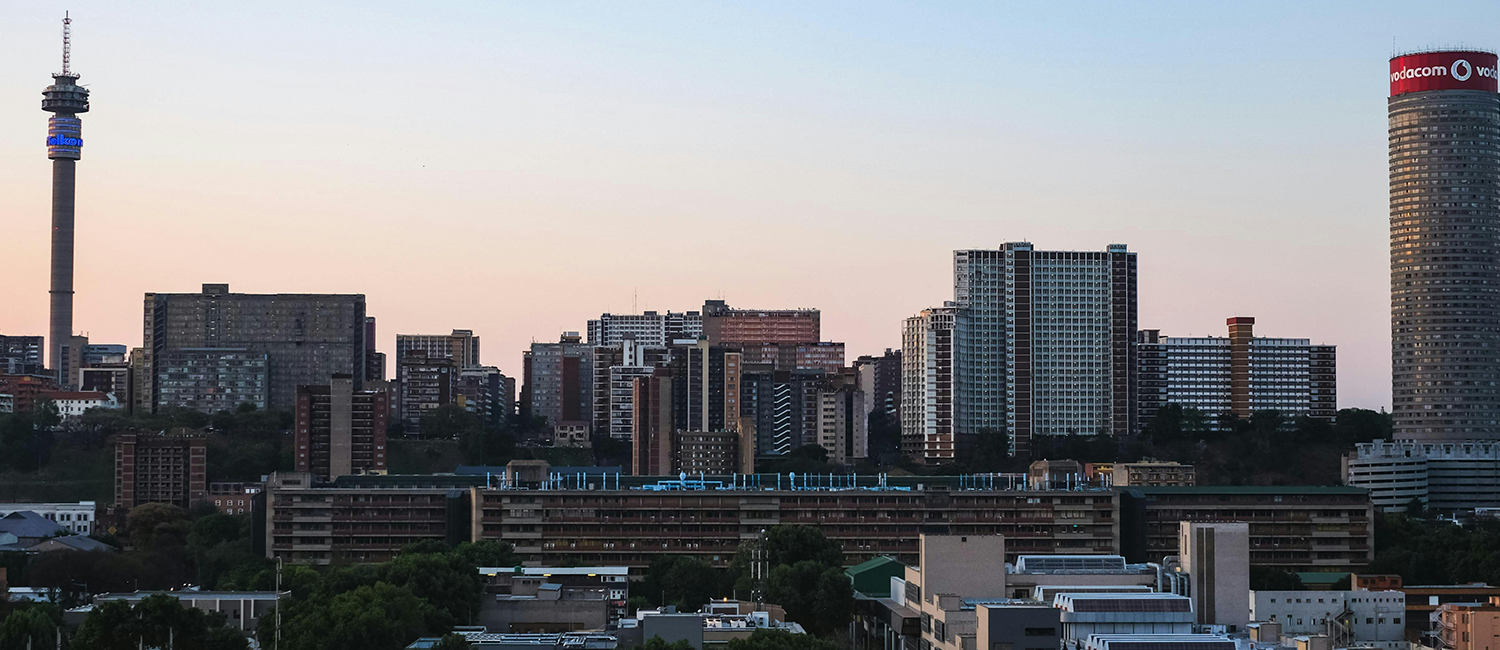Best practices on measuring and managing greenhouses gas emissions were evaluated at the C40 Cities Climate Leadership Group Mayors Summit, held at the Sandton Convention in Johannesburg, on Thursday, 6 February.
The day focused on methodological challenges to greenhouse gas monitoring and to give an overview on current practices.
The Summit, which kicked off on Tuesday, 4 February, closed yesterday after a series of roundtable discussions and sessions focusing on greenhouse gas measurements and climate change adaptation.
Opening a session on measuring and reporting, Dar es Saalam mayor, Didas Massaburi, emphasised the importance of gathering data to fight the impact of climate change.
“This session is therefore important because it will help improve our ability to measure the impacts of climate change and report the pace of sustainable development in our cities,” he said.
Massaburi said the demand for water, energy and food in cities was increasing due to urbanisation: “The supply of the same is decreasing due to ignorance on better strategies to address the challenges of climate change,” he pointed out.
City of Johannesburg manager, Trevor Fowler, who echoed Massaburi’s sentiments, said climate change was a potential threat to the world environment and to economic development.
“Cities have a major role to play in monitoring and reducing greenhouse gas emissions and mitigating climate change,” he said.
He further highlighted that obtaining the right data was a challenge. “Methodologies are not consistent. Local greenhouse gas emissions inventories can thus be compared.”
He insisted on the need to explore actions and measures that would impact cities’ footprints.
Sadhu Johnson, deputy city manager of Vancouver in Canada, spoke of how data could influence local governments especially in areas where they were lacking.
“Data allows clear comparison and benchmarking of own progress. Careful application allows progress measurement against others,” he explained.
He also stressed the importance of choosing terminology carefully when communicating to citizens on issues regarding greenhouse emissions.
DIVERSE ACTIONS TO REDUCE GREENHOUSE GAS EMISSIONS
The Mexico City Ministry of Environment representative, Tanya Müller, said her country’s approach to tackling air pollution had helped reduce greenhouse emissions, particularly from urban transport.
The City recently recorded a 7.7 tonne reduction in carbon emissions in just four years, from 2008 to 2012.
“Inventories and monitoring in Mexico have improved air quality significantly in the last years,” she said, pointing out that the City’s priority this year was to invest in infrastructure that monitors greenhouse gas emissions.
Mexico City’s measures to improve air quality have been diverse; from closing the city’s most polluted factories, to banning cars one day a week in the City’s metropolitan areas.
Müller said the City recognised the need to dedicate more resources to education programmes and public awareness campaigns.
Boston Chief of Environment, Energy and Open Space, Brian Swett said the City was making progress in reducing greenhouse gas emissions.
“Most of our reductions have come from fuel switching. Year over year data has been able to show us this trend and the causes,” he said.
He said the City of Boston’s fleet now used a 5% biodiesel/ultra-low sulfur diesel blend, reducing particulate emissions by approximately 15%.
Swett also spoke of the City of Boston’s ambitious goal to fit 25 megawatt-generating solar installations in Boston by 2015; the City already has a system generating more than 10 megawatts installed.
Boston’s Solarize Programme has resulted in 116 contracted projects to generate 522.32 kW, or roughly half a megawatt, in 2012 and in 2013.
“The next step includes exploring the visibility of community solar, a way for Bostonians to purchase their solar if they live in ineligible housing such as large condos or houses with shaded roofing,” he said.

